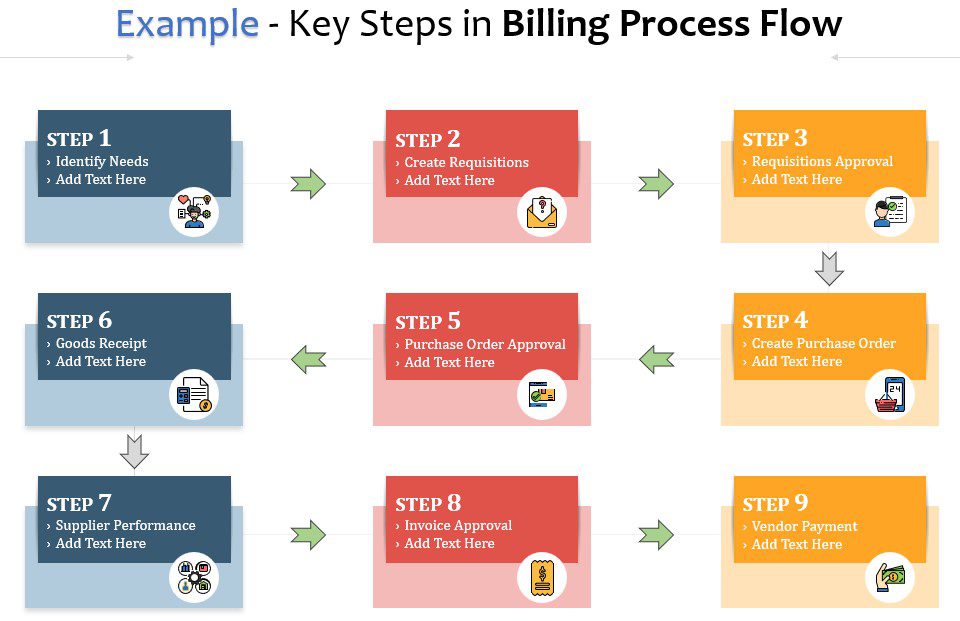Single points of failure can present a significant risk to your operations and ongoing necessary activities that are critical to sustaining business and its ability to scale. By identifying critical vulnerabilities, developing contingency plans, and implementing redundancy measures, you can protect your business from unexpected and often disastrous disruptions to your operations.
Whether you are in a service-based or product-focused business, a single point of failure (SPOF) is defined as a risk that can critically impact operations if not adequately and quickly managed. In some cases, an SPOF could shut down an entire operation. We’ll discuss some SPOFs for you to address but first let’s understand why SPOFs must be identified.
Single points of failure are often overlooked until a crisis strikes, resulting in costly downtime, disrupted service, or supply chain bottlenecks. Proactively identifying and solving these risks is critical for several reasons:
Identifying potential SPOFs across various aspects of the business is the first step toward effective risk management. Below are some typical SPOFs to address and how to mitigate their risks:
Critical Roles
If one key individual holds unique knowledge (i.e. Payroll) or access to vital operations, their absence (due to illness, resignation, etc.) can disrupt the entire workflow.

How to Mitigate: Crosstrain staff, ensure knowledge transfer through documented SOPs, and create succession plans to reduce dependence on any single employee.
Equipment
A machine failure on a production line can bring manufacturing to a halt. In industries like healthcare or utilities, equipment failure could even endanger lives.
How to Mitigate: Implement preventive maintenance programs and use predictive analytics to foresee potential breakdowns. Consider investing in backup systems or redundant parts/components.
Vendors
Reliance on a single supplier for critical materials can lead to bottlenecks if the vendor fails to deliver on time.
How to Mitigate: Diversify your supplier base and maintain safety stock for key materials. Establish contracts with alternative vendors to ensure continued supply during disruptions.
Processes
Over-reliance on a specific process without checks and balances can lead to inefficiencies and errors.
How to Mitigate: Schedule to review and update processes to identify bottlenecks and inefficiencies. Implement process automation where possible and involve team feedback in process improvements.
IT Systems
Many businesses depend on a singular IT infrastructure. A server failure or data breach can lead to prolonged downtime, loss of revenue, and reputational damage.
How to Mitigate: Implement redundant systems, backup data regularly, and establish disaster recovery protocols. Use cloud services that offer automatic failover capabilities to prevent disruption.
Assessing your company’s risk exposure to single points of failure requires asking the right questions.
1. People & Organizational Effectiveness
2. Operational Excellence & Process Optimization

3. Supply Chain & Vendor Management
4. Technology & Systems Resilience
5. Customer & Stakeholder Impact
Asking the right questions will help you to build a list of SPOFs and from there assess and prioritize your plan for addressing them. This approach will help to strengthen your organization’s ability to prepare for and quickly address any, should the need arise.
Our operations and process improvement professionals are well-positioned to help you analyze and prioritize SPOFs in your business through targeted risk management strategies. Our work with clients is focused on building sustainable operations, transforming them into agile competitors that are positioned for growth, have solid business continuity plans to preserve profitability, and are set up to protect their organizational reputation.
Mitigating these risks through redundancy, diversification, and proper planning ensures that no single failure can cripple your business operations. Reach out if you need help to build your operations into a formidable contender in today’s marketplace.